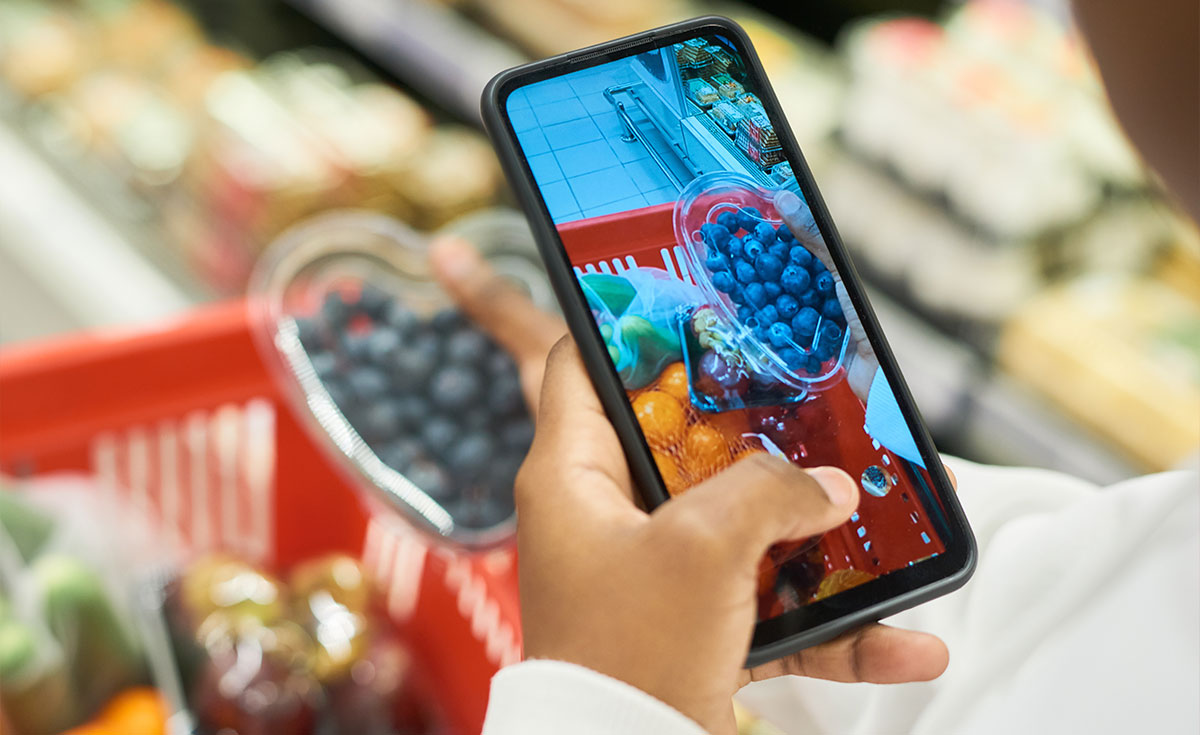By Steve Markenson, Director, Research, FMI

Differentiation is getting a bit different.
This phrase evokes the kinds of sayings attributed to baseball legend Yogi Berra, which include, “The future ain’t what it used to be.”
Well, it turns out Yogi never uttered those words about differentiation strategies among food retailers. But if he had, he likely would have been right.
That’s because food retailers have been adapting their product and service differentiation strategies. In 2019, they pushed the boundaries to enhance strategies in specific areas. Then, in the pandemic period, they have pivoted on some strategies to accommodate shifting consumer needs.
This year’s FMI The Food Retailing Industry Speaks report illuminates how efforts played out in both years.
Product Differentiation in 2019
In 2019, product innovation, including new item introductions, emerged as a growing strategy by retailers (87%, up from 77% in 2018). Similarly, a larger share of retailers used assortments of non-food/general merchandise as a way to differentiate (55%, up from 42% in 2018).
Meanwhile, retailers in 2019 continued to emphasize proven areas of success. These included perimeter departments such as fresh prepared (75%) and meat/poultry (66%) programs. Local (86%) and organic (82%) product assortments throughout the store remained broadly used approaches as well.
Changes Resulting From COVID-19
The COVID-19 pandemic has led to some shifts. Retailers temporarily delayed product innovation and instead streamlined SKUs to emphasize the most popular items. As a result, product innovation, including new item introductions, dipped somewhat in priority, with 87% using this strategy in 2019 and 81% expecting to use it in 2020.
At the same time, during the pandemic center store innovation has advanced in importance as consumers stocked up on packaged goods. Some 56% of retailers employed this strategy in 2020, compared to 49% in 2019. Similarly, solutions for family meals advanced as a strategy, from 54% to 61% in 2020, as a result of the home-based nature of consumer eating patterns during the pandemic.
Service Differentiation in 2019
The top service differentiation strategies for 2019 were social media programs (87%) and community support/ties (82%), according to Speaks. Many retailers emphasized social and environmental responsibility practices (67%). Two-thirds used special events (66%).
Meanwhile, numerous food retailers embraced technology as a way to differentiate from competitors. A majority used online shopping for this purpose (59%). Some (38%) used technology to speed up the checkout process and make it “frictionless.”
Adaptations Due to Pandemic
Pandemic-related developments changed some service differentiation priorities. Online shopping surged as a focus, from 59% in 2019 to 86% in 2020.
Emphasis on in-store technology — such as robotics and artificial intelligence (AI) — grew from 10% in 2019 to 16% in 2020. Checkout experience focused on speed (frictionless) advanced from 38% in 2019 to 47% in 2020.
Thoughts on What’s Ahead
The point of all this data isn’t to imply the pandemic has completely changed retailer differentiation priorities. Rather, it shows retailers were well along on fine-tuning efforts in 2019, and they further adapted to changing consumer needs in the first half of 2020.
I would expect to see further adjustments in such a quickly changing environment. However, I don’t expect an about face on proven priorities that have advanced retailers in recent years, including fresh, local, organic and technology.
Finally, I will hold off on making firm predictions for the year ahead, in deference to the guidance of Yogi Berra, who is famously quoted as saying, “It ain’t over till it’s over.”


 Industry Topics address your specific area of expertise with resources, reports, events and more.
Industry Topics address your specific area of expertise with resources, reports, events and more.
 Our Research covers consumer behavior and retail operation benchmarks so you can make informed business decisions.
Our Research covers consumer behavior and retail operation benchmarks so you can make informed business decisions.
 Events and Education including online and in-person help you advance your food retail career.
Events and Education including online and in-person help you advance your food retail career.
 Food Safety training, resources and guidance that help you create a company food safety culture.
Food Safety training, resources and guidance that help you create a company food safety culture.
 Government Affairs work — federal and state — on the latest food industry policy, regulatory and legislative issues.
Government Affairs work — federal and state — on the latest food industry policy, regulatory and legislative issues.
 Get Involved. From industry awards to newsletters and committees, these resources help you take advantage of your membership.
Get Involved. From industry awards to newsletters and committees, these resources help you take advantage of your membership.
 Best practices, guidance documents, infographics, signage and more for the food industry on the COVID-19 pandemic.
Best practices, guidance documents, infographics, signage and more for the food industry on the COVID-19 pandemic.
